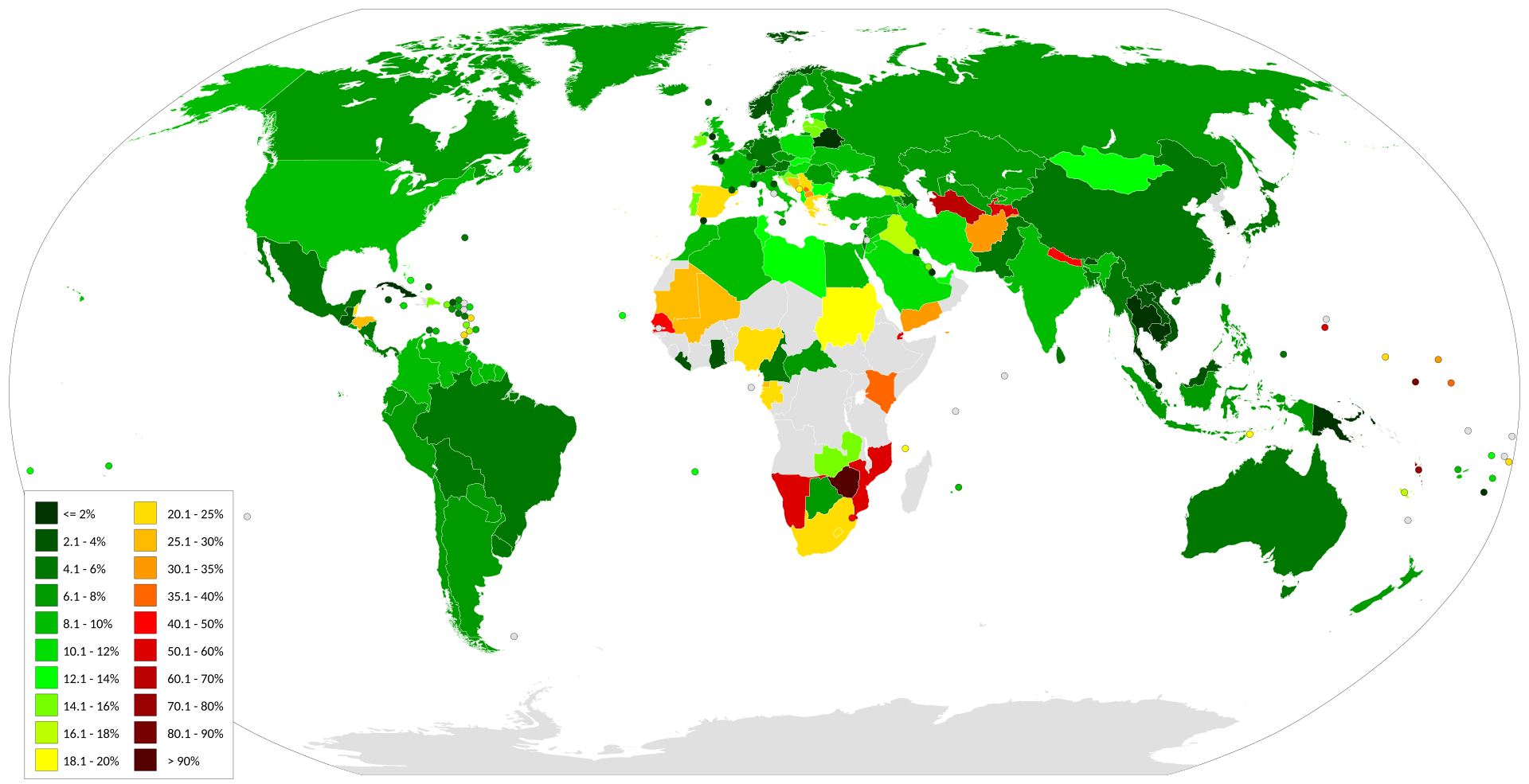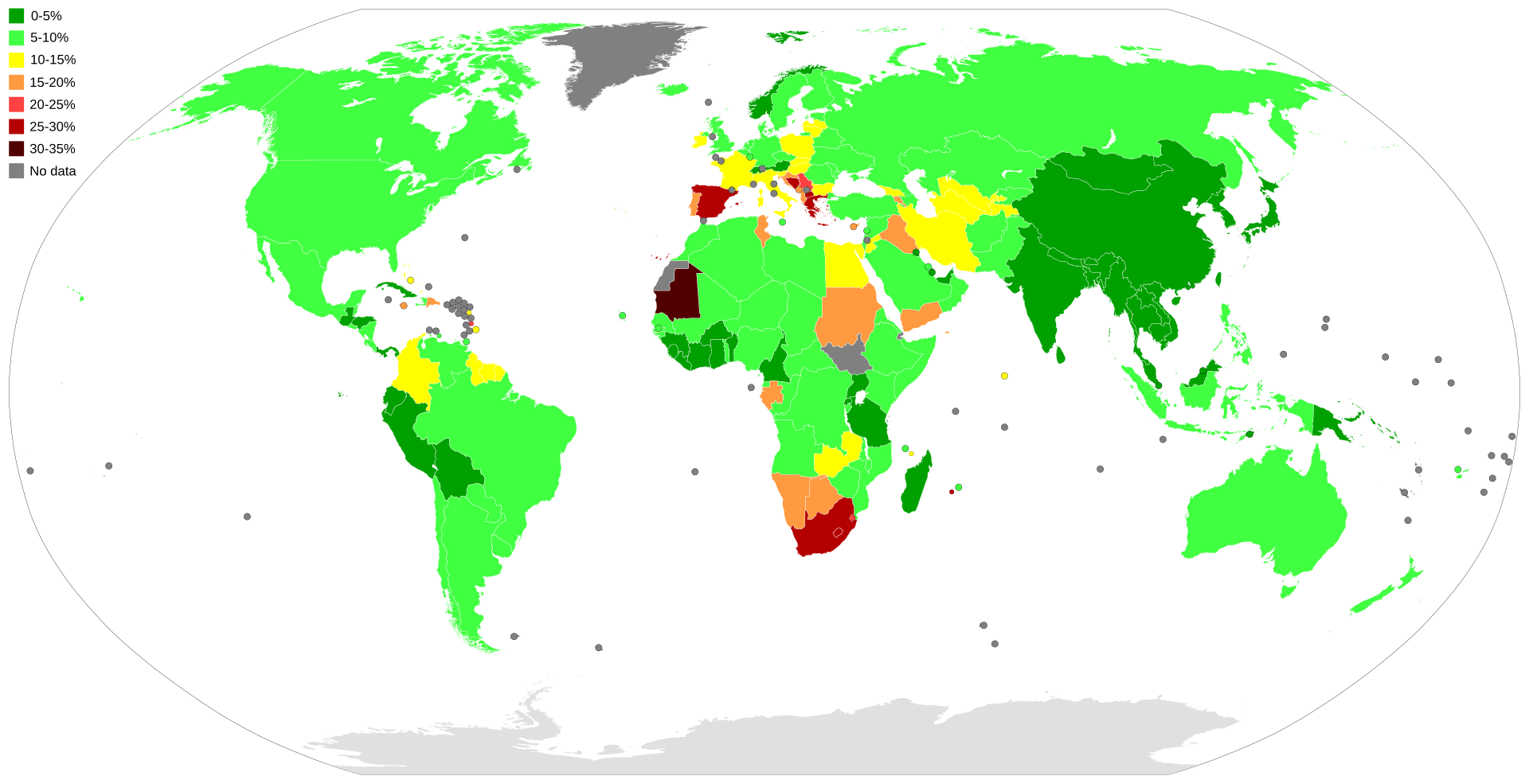AQA Specification focus:
‘The consequences of unemployment for individuals and for the performance of the economy.’
Unemployment is a central concern in macroeconomics, with significant consequences for individuals, wider society, and the performance of the national economy in both short and long term.
Consequences for Individuals
Loss of Income and Living Standards
Unemployment directly reduces household income, leaving individuals with less disposable income to spend on necessities and non-essential goods. Reduced income lowers living standards and may increase reliance on welfare support.
Psychological and Social Effects
Joblessness can damage self-esteem, increase stress, and contribute to mental health problems such as anxiety and depression. Social consequences may include loss of status, strained family relationships, and reduced social mobility.
Skills Erosion
Hysteresis: The long-term damage caused to workers’ skills and employability by prolonged unemployment.
Workers out of employment for extended periods risk skills erosion, making it more difficult to find new work, especially in fast-changing sectors.
Inequality and Poverty
Unemployment can worsen income inequality by disproportionately affecting certain groups, such as young workers, ethnic minorities, and low-skilled individuals. Regional disparities may deepen, creating long-term structural unemployment in certain areas.
Consequences for the Economy
Reduced Aggregate Demand
High unemployment leads to a fall in aggregate demand (AD) because households reduce consumption spending.

This map illustrates the unemployment rates across different countries, highlighting global disparities. It underscores the macroeconomic implications of unemployment, such as reduced aggregate demand and increased government welfare spending. Source
This can push the economy further into recession, creating a negative multiplier effect.
Less consumer spending → Reduced firm revenue.
Firms cut output and investment → Further job losses.
Government tax revenue declines → Higher fiscal deficits.
Increased Government Spending on Welfare
Higher unemployment increases government expenditure on welfare benefits, straining public finances.

This map displays unemployment rates worldwide, sourced from the International Labour Organization. It highlights how varying unemployment levels can impact national economies and government budgets. Source
At the same time, falling tax revenues from income and spending worsen the budget deficit, potentially increasing national debt.
Wasted Resources and Lower Output
Unemployment represents a misallocation of labour, reducing productive potential. With fewer workers employed, the economy operates inside its production possibility curve (PPC), reflecting inefficiency and a loss of output.
Lower Long-Term Growth
Persistent unemployment damages long-run aggregate supply (LRAS) through skill loss, reduced investment, and lower innovation. This decreases the trend rate of growth, limiting future improvements in living standards.
Consequences for Society
Social Costs
Unemployment is linked to rising crime rates, social unrest, and political instability, particularly where opportunities are scarce. Communities with high unemployment may experience declining property values and reduced public services.
Intergenerational Effects
Children in households with unemployed parents may face worse educational outcomes due to financial stress, reduced opportunities, and lower social capital, perpetuating cycles of disadvantage.
Health Impacts
Unemployment is correlated with poorer physical health, linked to reduced access to healthcare, poor nutrition, and stress-related illnesses.
Different Types of Unemployment and Consequences
Cyclical Unemployment
Occurs during downturns in the economic cycle. Consequences are widespread but may reverse with recovery.
Structural Unemployment
Arises when industries decline or technology changes. Consequences are long-lasting, requiring retraining and relocation, which many individuals may resist or find difficult.
Frictional Unemployment
Short-term and transitional, typically less damaging, though frequent job changes may increase insecurity.
Long-Term Unemployment
Long-term unemployment: When individuals remain jobless for over 12 months, reducing employability and often leading to permanent exclusion from the labour market.
This has the most severe consequences, as individuals face lasting poverty and the economy loses potential productive capacity.
Consequences at Different Levels
Microeconomic Level
Individuals face falling living standards, poverty, and exclusion.
Firms lose potential skilled workers and consumer demand.
Macroeconomic Level
Economy operates below potential output.
Reduced tax revenues and higher welfare costs worsen public finances.
Long-term growth trajectory is weakened.
International Competitiveness
High unemployment may weaken a country’s global competitiveness, as lower productivity and reduced innovation slow down its ability to attract foreign investment.
Inflationary and Deflationary Effects
Unemployment typically reduces demand-pull inflation as spending falls. However, high structural unemployment can coexist with inflation if firms face rising costs, producing stagflation conditions.
Conclusion of Specification Focus
The consequences of unemployment extend far beyond a lack of work. It undermines individual welfare, damages the economy’s performance, and creates social costs that perpetuate disadvantage, aligning directly with the AQA specification requirement.
FAQ
Unemployment reduces consumer confidence as households worry about job security and future income. This often leads to precautionary saving instead of spending.
For businesses, falling demand discourages investment and expansion, creating a cycle where weak confidence suppresses both consumption and production, prolonging economic stagnation.
Short-term unemployment may cause limited disruption as people move between jobs.
Long-term unemployment, however, increases risks of skill loss, discouragement from job-seeking, and permanent exclusion from the labour market. This creates lasting damage to both individuals’ prospects and the economy’s productive potential.
Unemployment can be unevenly distributed, hitting certain regions harder, especially those reliant on declining industries.
High regional unemployment may lead to:
Outmigration of skilled workers.
Decline in local businesses and services.
Long-term underinvestment by both firms and government.
Young people may struggle to gain initial work experience, leaving them trapped in a cycle of rejection due to lack of previous employment.
High youth unemployment can also reduce lifetime earnings potential, increase reliance on family or state support, and lower overall productivity in the economy by leaving younger generations underutilised.
Joblessness often increases demand for health services due to stress, poor nutrition, and related illnesses.
At the same time, reduced tax revenues from high unemployment constrain government funding for health care. This dual effect places extra pressure on public health systems, potentially lowering the quality of provision.
Practice Questions
Define the term hysteresis in the context of unemployment. (2 marks)
1 mark for recognising that hysteresis relates to the long-term effects of unemployment.
1 mark for stating that it refers to the permanent loss of skills or employability caused by prolonged unemployment.
Explain two consequences of high unemployment for the performance of the economy. (6 marks)
Up to 3 marks for each valid consequence explained.
Consequences must be linked to the performance of the economy (not only individuals).
Possible points for credit:
Reduced aggregate demand leading to lower output (1 mark for identifying, up to 2 marks for explanation of impact on growth/multiplier).
Increased government spending on welfare benefits and reduced tax revenue, worsening the budget deficit (1 mark for identifying, up to 2 marks for explanation).
Loss of potential output due to unused labour resources (1 mark for identifying, up to 2 marks for explanation of inefficiency and effect on growth).
Long-term reduction in trend growth due to skills erosion and reduced investment (1 mark for identifying, up to 2 marks for explanation).
Maximum of 6 marks overall.

